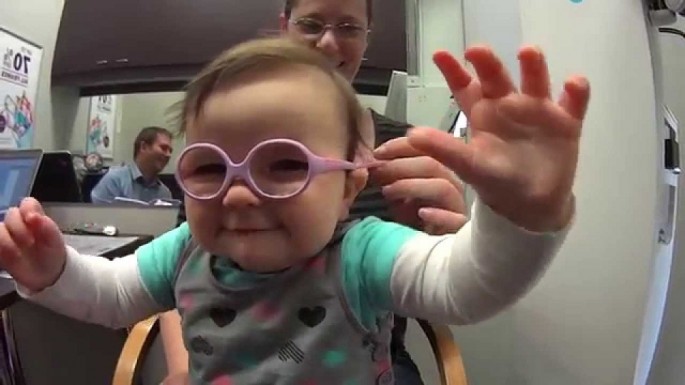A new study suggests that first-born children could have a little higher risk of later becoming nearsighted compared to the vision condition's rates among their younger siblings. The researchers also learned that firstborn children were also more likely to suffer from severe myopia (nearsightedness) compared to their later-born brother or sisters.
The findings were published on October 8, Thursday in the journal JAMA Ophthalmology. It was conducted by Cardiff University in the United Kingdom.
Researchers examined the birth order and near-sightedness in around 89,000 people. They were all between the ages of 40 and 69.
Scientists discovered that the likelihood of firstborn participants being nearsighted was 10 percent greater than in later-born people. In addition, firstborns were 20 percent more apt to have severe myopia.
About one-fourth of the link between birth order and risk of near-sightedness was related to education levels. That included factors such as the highest educational degree earned.
This fact implies that parents might invest more in the education of their firstborn son or daughter, such as by encouraging them to read or do workbook pages, than in their later-born kids. That could cause the former to spend more time doing activities that cause nearsightedness, according to Live Science.
Jeremy A. Guggenheim was the lead author. He explained that his team's study linked education levels and myopia. However, the researchers noted a cause-effect relationship cannot be observed by only using observational data, according to Pioneer News.
Their findings support a worldwide trend. It includes higher rates of nearsightedness in countries where children start high-intensive education at a young age.
Among all the participants in the study, 30 percent had myopia. The rate of nearsightedness is rising among younger generations in many regions of the world.
Nearsightedness is caused by various risk factors. They include much time doing "near work" such as reading books or computer screens, little time spent outdoors, and genetics.



























